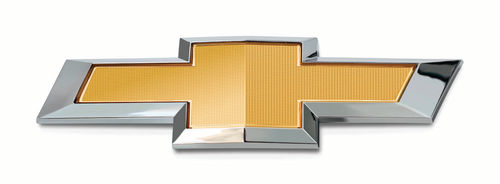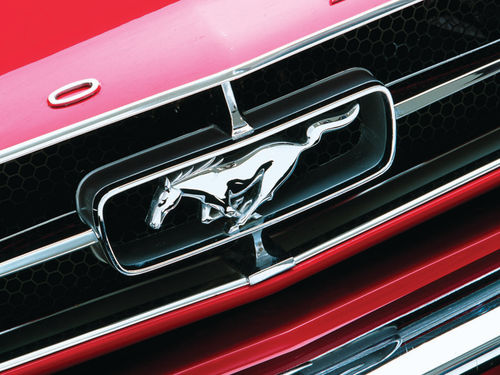THE UNCERTAINTY OF AUTOMOTIVE HISTORY
One problem we’ve all encountered when dealing with vintage vehicles is that the truth about the industry’s history can be elusive at best and sometimes downright impossible to determine.
This has led to numerous debates— friendly and otherwise—with folks often pointing to a book or an auto company document as written proof of their contentions.
But people who serve as sources for automotive history books can sometimes have clouded recollections about an event decades after it occurred and company paperwork used as source material may have been superseded by updated forms with modified content.
One major stumbling block is that auto companies, as you might expect, concentrate their efforts on the vehicles they’re currently selling or are in the process of developing. Ask them about something that happened 50, 60 or more years ago and it’s entirely possible that their information will be spotty at best.
To show you what we mean, let’s consider some examples regarding two very popular cars…the Chevrolet and the Mustang.
That Chevy “Bowtie”

The Chevrolet car, obviously, took its name from Louis Chevrolet, a Swissborn race driver of French descent who co-founded the Chevrolet Motor Car Company in 1911 with William C. Durant, the founder of General Motors, and other investors.
But what about the equally well-known Chevy “Bowtie,” the instantly-recognizable logo that has adorned Chevrolet vehicles for a little over a century.
Now before you say, “Hey, I know the answer to that one,” understand that there are several scenarios that have been considered to be the “truth” behind the birth of that well-known symbol.
One version has it that William Durant, while traveling in France in 1908 before the Chevrolet car came into being, saw an interesting pattern on the wallpaper of his hotel room. He tore off a piece of the wallpaper and showed it to friends, remarking that “it would make a good nameplate for a car.”
Supposedly, years later Durant himself said the wallpaper had been the genesis for the Chevy logo. But did that make the story true?
Consider that in 1929 Durant’s daughter, Margery, wrote a book about her father and said that dad sometimes doodled on paper at the dinner table, working on potential logos. “I think it was between the soup and the fried chicken one night that he sketched out the design that is used on the Chevrolet car to this day,” Margery wrote.
Sounds reasonable, but before you accept and retell it, consider the version told by Durant’s widow, Catherine, in a 1973 interview. She recalled how while on vacation in Hot Springs, Virginia, in 1912 her husband spotted something in a newspaper and said, “I think this would be a very good emblem for the Chevrolet.” Mrs. Durant didn’t clarify exactly what he had seen in the daily paper, but a historian later found a contemporary newspaper ad for a product called “Coalettes” from the Southern Compressed Coal Company. The Coalettes logo in the ad was a slanted “bowtie” similar to the shape now seen on Chevys worldwide.
Still one more explanation is that it’s a version of the cross on the Swiss flag, a tribute to Swiss-born Louis Chevrolet.
So which of these stories is the absolute, can’t-be-disputed truth? Recently even General Motors had to admit that it doesn’t have a definitive answer to that one. Here’s what the company had to say: “The Chevrolet bowtie—introduced by company cofounder William C. Durant in late 1913—is one of the most-recognized emblems in the world today. But how it came to be synonymous with the brand is open to wide interpretation.”

Is It An Airplane or a Horse?
The history of the Ford Mustang name, on the other hand, seems much easier to discern. After all, the galloping pony logo found on the popular sporty vehicle and the fact that it’s even known as the first of the “pony” car generation, would seem to eliminate any doubt about the origin of this car’s identity.
But then consider how on the Mustang’s 40th anniversary, Ford Motor released a photo of two Mustang cars parked in front of a WWII-era P-51 Mustang fighter plane.
So did the famous name come from the horse or the airplane?
In a book about the car’s development, a prominent Ford designer said he suggested the Mustang name as a tribute to the sleek and agile World War II plane. That was rejected, he said, because it was too “airplaney” so he suggested the name as a romantic reference to a galloping horse. This time, he said, it was accepted.
As with GM, Ford has said that it doesn’t have a documented answer to the name game question. But Ford then went on to pose some questions of its own: “Does it even matter? Is the world’s love affair with the Mustang about the name? Or is it about a car that always has offered an appealing blend of style, performance and practicality?”
That response makes sense. But I still think the debates will continue for some time to come.
















